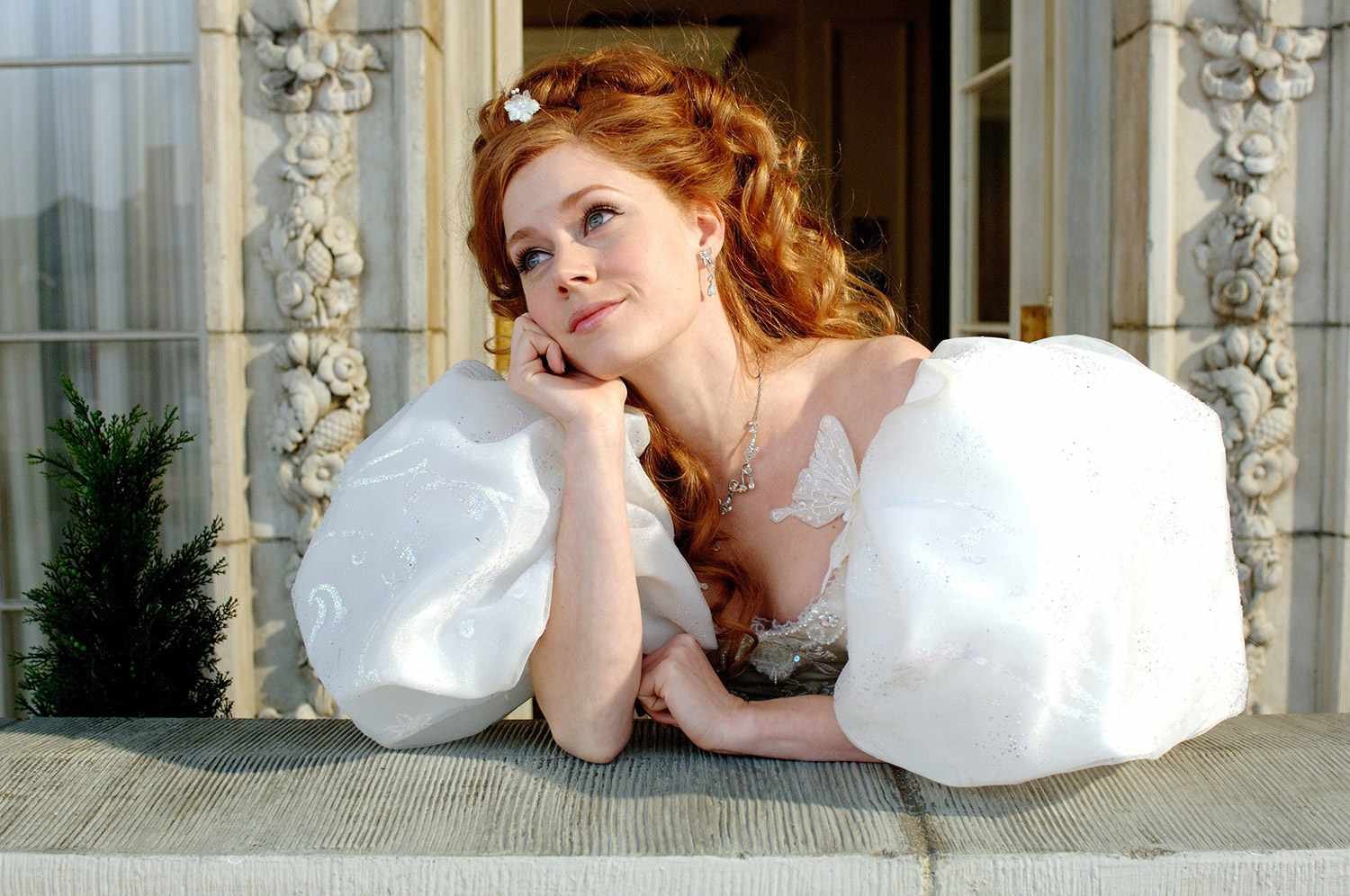The FMC Archetypes: The Damsel
The next FMC archetype to step under our spotlight is increasingly hard to find in modern-day media. She still exists, but with each passing year, she strays farther and farther from the roles allotted to her ancestors.
By definition, The Damsel has two major facets to her personality. First, she is caring and open-minded—traits that have not fallen out of favor in and of themselves— to the point that she tends to let people decide things for her. Second, because of her innate pliancy, she tends to constantly find herself in need of assistance. Hence her longer name: The Damsel in Distress. In fact, it is rare to find a Damsel truly standing center stage. In most stories, she is a member of the previously discussed archetypes supporting cast. She is a comfort to the shy Nerd, a motivator for the headstrong Warrior, a groupie (or victim) of the no-nonsense Femme Fatale, or a best friend to the welcoming Girl Next Door. In and of herself, her identity is open because, through no fault of her own, she exists as a reflection of those around her. Or at least she used to be.
The Damsel is one of the oldest archetypes. From as far back as 1000 BCE (and maybe even before, depending on who you’re asking), ancient civilizations told stories of women in peril hoping desperately for rescue. From the very moment Andromeda was saved by Perseus, the archetype took hold, growing in popularity until the Medieval period and into the 17th century when it became practically unavoidable. After all, is a knight truly gallant without someone to save? Is a prince really worthy of his crown unless he frees a princess from a dragon-guarded castle tower? The tales that rose in popularity and were saved for posterity were tailor-made for the soft-hearted, helpless Damsel, so she flourished. The advent of film did little to change that. Before audio entered the scene, many women were saved from railway bandits and quickly approaching trains. Their role on screen didn’t evolve much as sound entered The Pictures. Ann Darrow from King Kong (1933) is one of the most recognizable Damsels to date. The Bond films of the 1960s and 1970s often featured a woman in need of rescue from the titular hero, with Indiana Jones and the leading men of the the original Star Wars trilogy following happily in his footsteps.
However, once she was rescued from Jabba the Hutt, Princess Leia marked a change for The Damsel that snowballed into the nineties and early 21st century. While she still may often find herself in distress, more often then not, she learns to save herself. She is still tender and kind. She is empathetic and trusts easily, but this does not make her helpless or weak. Aware of her unassuming nature—and the many ways people may try and take advantage of it—she has become better at protecting herself emotionally, mentally and physically. She has surrounded herself with trusted friends and family who act as a source of strength, comfort, and protection when she needs it most. But those people are not constantly needed and do not have to stay on alert. The Damsel has leaned into her nature, wrapped her softness around her like armor and let it empower her to be who she truly is.
But that doesn’t mean she is without fault or room to grow farther. The remnants of who she was make The Damsel prone to have a passive outlook on life, preferring to let other people solve the problems outside of her comfort zone. She still thrives on routine and safety and it takes a lot to force her out of the shell of familiarity and into lands (or parts of life) she has yet to explore.
Today, The Damsel is found on a many action/adventure stories and fairytales. Elizabeth Swann from Disney’s Pirates of the Caribbean begins her tale as a Damsel very much in Distress. Daphne Blake from Scooby-Doo is in constant need a rescue—a fact Sarah Michelle Gelllar’s interaction points out and quickly changes. And Enchanted’s Giselle’s character arc relies on her deciding she does not need Prince Edward to come to her aid. If she were real, The Damsel would enjoy Persephone retellings and find a friend in Elain Archeron from Sarah J. Maas’ A Court of Thorns and Roses. She remains ever the romantic, simple and wanting, only now she has found the power to want a life of her own design.
Dashing hero appreciated, but no longer required.








